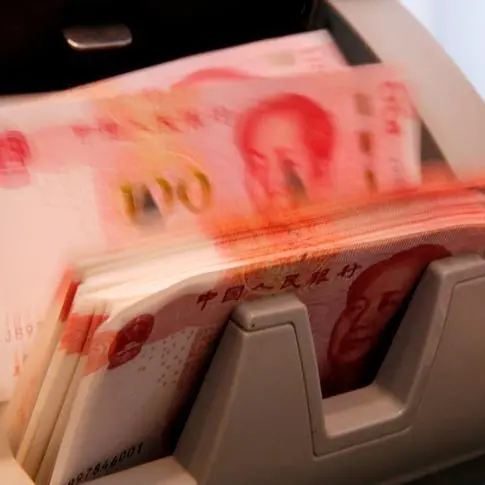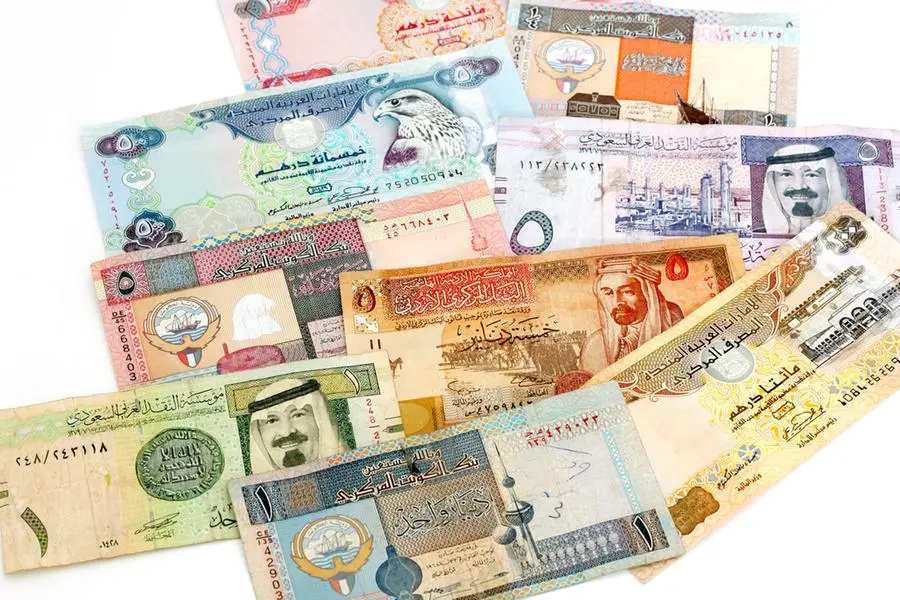PHOTO
Model of LNG tanker is seen in this illustration taken May 19, 2022. REUTERS/Dado Ruvic/Illustration
(The opinions expressed here are those of the author, a columnist for Reuters.)
LAUNCESTON, Australia - Asia's imports of liquefied natural gas (LNG) are expected to dip slightly in June from May, with strength in India holding up the top-buying region's appetite for the super-chilled fuel.
Asia is on track to import 23.18 million metric tons of LNG in June, down a touch from May's 23.55 million, but up 8.9% from the 21.28 million from June last year, according to data compiled by commodity analysts Kpler.
The largely steady outcome in June from the prior month reflects the little change in arrivals to China and Japan, the world's two biggest LNG importers respectively.
China is on track to import 6.17 million tons in June, little changed from May's 6.19 million and the 6.20 million from June 2023.
Japan's arrivals are estimated at 4.69 million tons in June, down marginally from May's 4.80 million and 4.92 million in June 2023.
The real action in Asia's LNG market is in India, the continent's fourth-largest importer, which is slated to see arrivals of 2.72 million tons in June, the second-highest on record and up from May's 2.46 million.
The June imports are also 54% higher than the 1.77 million tons from the same month in 2023, and first half imports of 13.71 million are almost one-third above the 10.44 million from the same period last year.
The breakdown of India's imports also shows a strong increase in arrivals from the United States, with a record 960,000 tons expected to be landed in June.
This is up from 470,000 tons in May, and almost double the previous record month of 580,000 tons from June 2021.
There are likely two dynamics at work with the rising shipments from the United States, then first being that U.S. producers are looking for alternative markets to Europe, where LNG imports have declined in recent months.
The second factor is likely that U.S. cargoes are being offered at a lower price to those from other top shippers Qatar and Australia, especially since U.S. natural gas prices remain at levels that would allow their plants to offer competitively priced cargoes and still make profits.
AUSTRALIA LNG
Another factor that shows India is keen to buy LNG currently is that it imported a cargo from Australia in June, with 70,000 tons arriving on June 11 from Chevron's Gorgon plant in Western Australia.
India rarely buys from Australia, with June's shipment being only the second cargo this year after one in April. Prior to the April shipment, the last cargo that India imported from Australia was in June 2023.
India's demand for LNG is being boosted by the strong rise in power demand amid an ongoing heatwave and robust economic growth.
Gas-fired electricity generation normally only accounts for around 2% of the India total, with coal supplying 75%.
However, in May gas-fired generation rose to 3.1% of the total, up from 1.6% in the same month in 2023, according to data from Grid India.
LNG in India is also used in industrial processes such as making fertiliser, and the strong economy is helping to boost demand. Gross domestic product is growing 7.8% in the 2023-24 fiscal year.
The question for the LNG market is whether India's strong demand is likely to continue, or will it ease amid the recent higher prices for spot cargoes.
The spot price of LNG for delivery to North Asia , the regional benchmark, was $12.60 per million British thermal units (mmBtu) in the week to June 21.
This was unchanged from the prior week, which in turn was the highest price in six months, and also up 52% from the low so far this year of $8.30 per mmBtu, reached in the week to March 1.
India has traditionally been viewed as a price-sensitive buyer, but the strength of demand from the robust economy and the persistent high temperatures has been enough to overcome higher LNG prices.
There may be some relief from temperatures in coming months as the monsoon season brings rain and cooler weather, and while the economic growth rate is tipped to ease, it is still expected to remain around 6-7% in the current fiscal year.
The opinions expressed here are those of the author, a columnist for Reuters.
(Editing by Miral Fahmy)























